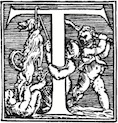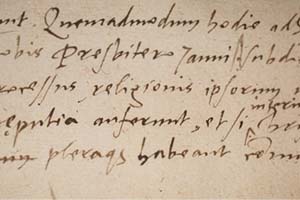
hough Vesalius had achieved his work of a lifetime, as a perfectionist he continued to examine corpses and reconsider his conclusions, obsessively editing his pièce de résistance. He published a second edition in 1555. A comparison of the editions allows greater understanding of the progress in Vesalius’ work and in anatomical studies in general at the time.
“Seeing changes that Vesalius made after a dozen years gives weight to the continual changes in [his] thinking and his ongoing preoccupation with detail”, explains Daniel H. Garrison, a retired professor of classics from Northwestern University who has translated De humani corporis fabrica into a definitive English edition.
“Though Vesalius made no major new discoveries during these years when he was no longer teaching, giving demonstrations or carrying out research, Vesalius shows his concern with precision.”
In an exciting discovery for Vesalius fans and scholars, pathologist Gerard Vogrincic from Vancouver and renowned medical historian Vivian Nutton from the UK have also uncovered notes for a third, never-published edition of the Fabrica.
Vogrincic, a collector of rare books, found a copy of the 1555 Fabrica with copious notes in what was later confirmed to be Vesalius’ own handwriting: Nutton’s analysis determined that Vesalius was anticipating a further edition.

